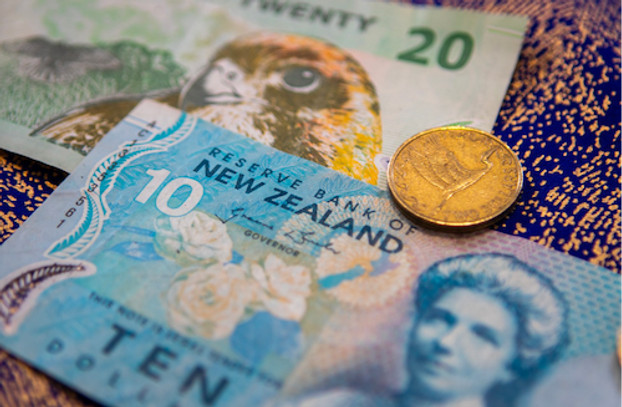Source: Pixabay No Attribution Required
The forex market is the world’s most actively traded market with a daily trading volume of over $5.5 trillion. The sheer size of the currency market eclipses that of equities, commodities, indices, and cryptocurrency trading combined. Consider for a moment the world’s biggest stock exchanges by market capitalization:
- New York Stock Exchange - $28.19T
- Nasdaq - $12.98T
- Japan Exchange Group - $5.37T
- Shanghai Stock Exchange - $4.92T
- Hong Kong Exchanges - $4.48T
- Euronext - $3.85T
- Shenzhen Stock Exchange - $3.49T
- London Stock Exchange - $3.13T
- Saudi Stock Exchange - $2.15T
- TMX Group - $1.97T
The top 10 stock markets account for approximately $90T combined, a figure the currencies market turns over in just 3 weeks. It is against this backdrop that one fully appreciates the volume of trading activity that takes place in this decentralized market. The drivers of currency trading span the full spectrum, from international commercial activity, to speculative sentiment. The range of factors affecting the forex markets include, but are not limited to the following:
- CPI Data and Inflation
- Trade Balance Metrics
- Geopolitical Events with Unexpected Occurrences
- Developments in Commodity Markets, Stock Markets, and Bond Markets
Top Traded Pairs and Macro Variables
Macroeconomic elements weigh heavily on the performance of the forex market. As the world’s reserve currency, the USD has a special part to play in the currency markets. During 2020, the US dollar dominated the market as the most traded currency, featuring prominently in the top seven traded pairs.
Among the currency pairs, the EUR/USD pair accounted for 28% of all global currency exchange. This was followed closely in tow by the USD/JPY, and then the USD/GBP. The most popular forex minor pair traded in 2020 was the EUR/JPY, making up a fraction less than 4% of global trading in forex.
In each instance, the currency of the country is affected by the economic outlook of that country. Strong employment figures, steady inflation, and rising GDP tend to bode well for bullish movements in a currency.
By contrast, high unemployment, rising inflation, and falling GDP tend to have a bearish effect on the strength of a country’s currency. Economic indicators are central to the performance of the currency markets. These are all published for daily consumption in economic calendars for individual countries and indeed the global economy.
The Importance of Leverage to Magnify Your Payouts
A careful reading of the data is imperative for an accurate assessment of market performance. Forex markets are heavily capitalized and highly leveraged. Leverage on forex is certainly not as high as a win multiplier on a Natural Royal Flush in online poker, which can be 800:1 your stake. But leverage of 50:1 or even 100:1 is not unheard of at the top forex brokers around the world. Leverage should be used with caution since a winning trade can be highly lucrative, but a losing trade has a higher level of indebtedness than the value of your stake (the margin requirement) in the trade.
A trader who has NZ$10,000 for investment in the forex markets can amplify the potential returns using leveraged trading. At 50:1, that NZ$10,000 has trading power of NZ$500,000, and at 100:1 that NZ$10,000 has trading power of NZ$1 million. A caveat is in order, the forex markets are nothing like the video poker market where the multiplier can only benefit the player. In forex trading, the leverage ratio is applied to the position size, based on the margin requirement.
At 100:1, the margin requirement is just 1%, meaning that NZ$1000 opens a position valued at NZ$100,000. If a trade turns against you, the only way to stay invested is by way of a margin call which requires continually depositing to meet the dynamic nature of the trade. If leverage is not approached with caution, the forex market can easily burn you as a new trader and destroy your trading budget entirely.
The forex markets are not to be taken lightly. A meticulous understanding of market-related phenomena is sacrosanct. Pips, lots, positions, budgets, going long and going short, are all key concepts that need to be fully embraced, and thoroughly understood.





